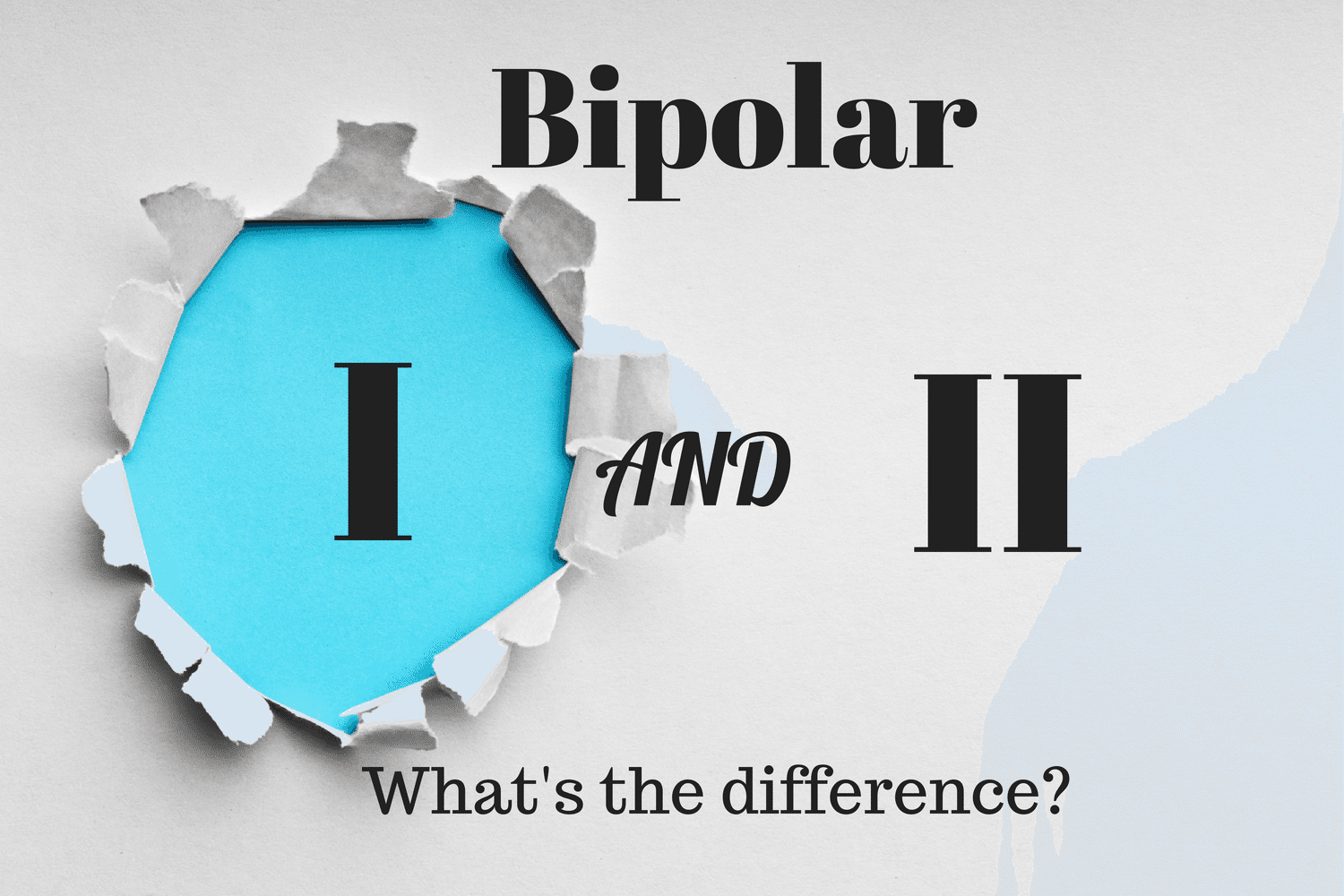Bipolar Disorder
Also known as manic depression, bipolar disorder causes swings in mood, energy, and the ability to function throughout the day.
Symptoms: Bipolar disorder is known for alternating periods of depression and mania that can last from days to months. During a manic, hypomanic, or depressed episode with “mixed features,” symptoms of depression and mania happen at the same time. Unlike borderline personality disorder, the mood swings of bipolar disorder are not triggered by interpersonal conflicts, last for days to weeks rather than minutes to hours, and episodes are, by definition, accompanied by changes in sleep, energy, speech, and thinking
During times of mania, symptoms might include:
- An excessively happy or angry, irritated mood
- More physical and mental energy and activity than normal
- Racing thoughts and ideas
- Talking more and faster
- Making big plans
- Risk taking
- Impulsiveness (substance abuse, sex, spending, etc.)
- Less sleep, but no feeling of being tired
Continue Reading Below
During periods of depression, symptoms might include:
- Drop in energy
- Lasting sadness
- Less activity and energy
- Restlessness and irritability
- Problems concentrating and making decisions
- Worry and anxiety
- No interest in favorite activities
- Feelings of guilt and hopelessness; suicidal thoughts
- Change in appetite or sleep patterns
Treatment: Most people with bipolar disorder need lifelong treatment to keep their condition managed. This usually includes medicine — usually mood stabilizers, and sometimes also antipsychotics or antidepressants. Therapy can also help people with bipolar disorder understand it and develop skills to handle it.
Borderline Personality Disorder
Borderline personality disorder involves a longstanding pattern of abrupt, moment-to-moment swings — in moods, relationships, self-image, and behavior (in contrast to distinct episodes of mania or depression in people with bipolar disorder) that are usually triggered by conflicts in interactions with other people. People with borderline personality disorder can experience overly strong emotional responses to upsetting life events and often try to hurt themselves. They often have chaotic relationships with people.
People with borderline personality disorder are more likely to have other mental health problems, too. They are also more likely to have had some type of trauma as a child than people with bipolar disorder, although trauma in itself does not cause borderline personality disorder. They often also can have problems with addictions, eating disorders, body image, and anxiety.
- Frantic efforts to avoid feeling abandoned
- History of unstable, intense relationships
- Tendency to view people and situations as either “all good” or “all bad”
- Poor self-image
- Impulsiveness (spending, sex, substance abuse, etc.)
- Self-harm (e.g., cutting) or suicidal behavior
- Mood swings involving anger and depression, usually in response to stressful events or relationships
- Feelings of emptiness
- Problems managing anger and unpleasant emotions
- Paranoia
Treatment: Long-term treatment is usually necessary for people with borderline personality disorder. Treatment mainly involves specific forms of psychotherapy, such as dialectical behavior therapy (DBT) or transference-focused psychotherapy (TFP) aimed at helping people manage impulses (such as suicidal urges or tendencies to self-harm when they feel upset), feelings of distress or anger, and emotional oversensitivities to interactions with other people. Medications are also sometimes used to help with these symptoms, although they are not always effective and not considered to be the main focus of treatment in borderline personality disorder. Sometimes, short hospital stays are also needed to manage times of crisis that involve threats to safety and well-being.





